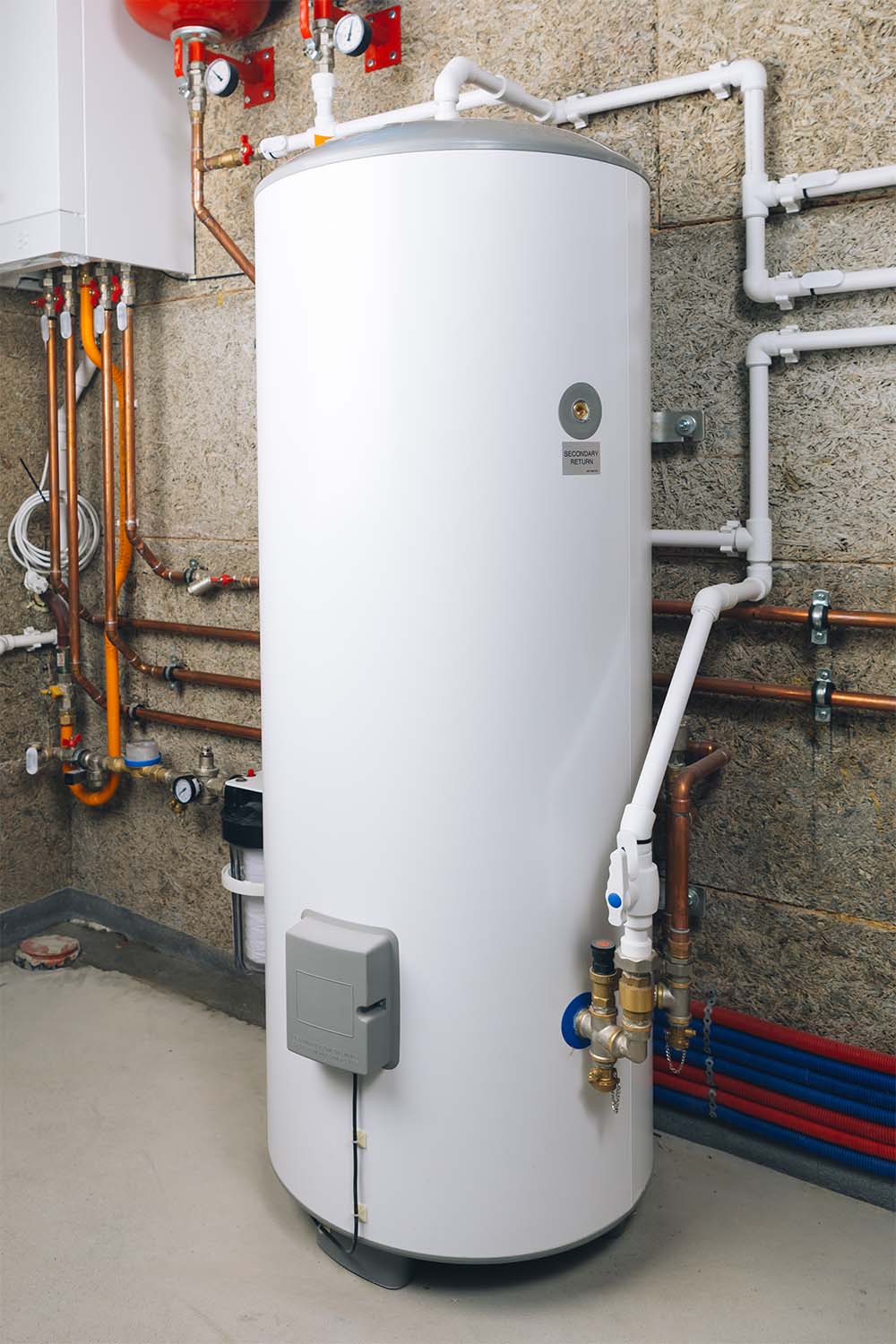Key Maintenance Strategies for Your Home's Hot Water SystemSteps to Prolong the Life of Your Home's Hot Water System Through Maintenance
Key Maintenance Strategies for Your Home's Hot Water SystemSteps to Prolong the Life of Your Home's Hot Water System Through Maintenance
Blog Article
The article in the next paragraphs pertaining to Water Heater Maintenance Tips You Can't Afford to Forget is highly motivating. You should give it a look.

Hot water is vital for day-to-day comfort, whether it's for a rejuvenating shower or cleaning dishes. To ensure your hot water system runs efficiently and lasts longer, routine upkeep is key. This short article gives practical pointers and insights on exactly how to preserve your home's warm water system to avoid interruptions and expensive fixings.
Introduction
Maintaining your home's hot water system might seem challenging, but with a couple of simple steps, you can guarantee it operates smoothly for many years ahead. This guide covers whatever from recognizing your hot water system to DIY upkeep pointers and knowing when to employ expert aid.
Importance of Preserving Your Warm Water System
Normal maintenance not only prolongs the life-span of your hot water system yet likewise guarantees it runs efficiently. Overlooking upkeep can bring about decreased effectiveness, higher energy bills, and even early failing of the system.
Indicators Your Hot Water System Needs Maintenance
Understanding when your hot water system needs interest can stop significant concerns. Look out for signs such as inconsistent water temperature, odd noises from the heating unit, or rustic water.
Purging the Hot Water Heater
Purging your hot water heater gets rid of debris buildup, boosting performance and lengthening its life.
Monitoring and Changing Anode Rods
Anode rods avoid corrosion inside the tank. Evaluating and changing them when worn out is important.
Complicated Issues Requiring Specialist Aid
Instances include major leakages, electric issues, or if your water heater is consistently underperforming.
Regular Expert Maintenance Benefits
Expert maintenance can consist of comprehensive evaluations, tune-ups, and making sure compliance with safety criteria.
Evaluating and Changing Temperature Settings
Adjusting the temperature level setups makes sure ideal performance and safety.
DIY Tips for Upkeep
You can carry out several upkeep tasks yourself to maintain your warm water system in leading condition.
Checking for Leakages
On a regular basis check pipes and connections for leakages, as these can cause water damage and higher costs.
Recognizing Your Hot Water System
Prior to diving right into maintenance jobs, it's useful to understand the standard elements of your hot water system. Typically, this consists of the water heater itself, pipes, anode poles, and temperature level controls.
Monthly Upkeep Tasks
Routine monthly checks can aid capture small problems prior to they escalate.
Evaluating Pressure Alleviation Valves
Checking the pressure safety valve ensures it functions appropriately and avoids too much stress buildup.
Shielding Pipes
Shielding hot water pipes decreases warmth loss and can save power.
When to Call a Specialist
While do it yourself maintenance is helpful, some issues call for expert expertise.
Final thought
Regular upkeep of your home's hot water system is necessary for efficiency, long life, and price savings. By complying with these tips and understanding when to look for professional help, you can make sure a trusted supply of hot water without unanticipated disruptions.
How to Maintain an Instant Hot Water Heater
Before tinkering with your hot water heater, make sure that it’s not powered on. You also have to turn off the main circuit breaker and shut off the main gas line to prevent accidents. Also turn off the water valves connected to your unit to prevent water from flowing into and out of the appliance. 2. When you’re done, you have to detach the purge valves’ caps. These look like the letter “T” and are situated on either side of the water valves. Doing so will release any pressure that has accumulated inside the valves while at the same time avoid hot water from shooting out and burning your skin. 3. When the purge valves’ caps are removed, you have to connect your hosing lines to the valves. Your unit should have come with three hoses but if it didn’t, you can purchase these things from any hardware or home repair shops. You can also get them from retail stores that sell water heating systems. Read the user’s manual and follow it to complete this task properly. When the hosing lines are connected, open the purge port’s valves. 4. You should never use harsh chemical cleaners or solutions when cleaning your unit. Make use of white vinegar instead. It should be undiluted and you’ll probably use about 2 gallons. 5. Now flush your water heater. This task should probably take about 40 minutes. We can’t give you specific directions for this because the procedure is carried out depending on the type, model and brand of your heater. With that being said, refer to the user’s manual. 6. When you’re done draining the unit, you have to turn off the purge port valves again. Remove the hosing lines that you earlier installed on each of the water valves. Put the valve caps (purge port) back in their respective places and be very careful so as not to damage the rubber discs that are found inside these caps. 7. Now that everything’s back in place, check your user’s manual again to find out how to reactivate your water heating system. 8. Once it is working, turn one of your hot water faucets on just to let air pass through the heater’s water supply pipes. Leave the tap on until water flows smoothly out of it. https://www.orrplumbing.com/blog/2014/september/how-to-maintain-an-instant-hot-water-heater/

We were brought to that report about Tips For Maintaining Your Hot Water Heater from a pal on another web blog. Liked our blog entry? Please share it. Let someone else check it out. I truly appreciate reading our article about How to Maintain a Hot Water Heater in a Few Simple Steps.
Go Services Report this page